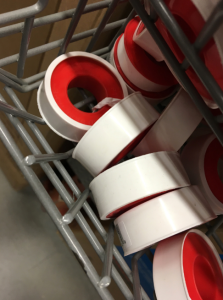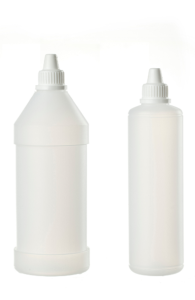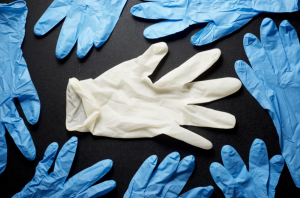
Per- and polyfluoroalkyl substances (PFAS) are a general term applied to thousands of chemicals manufactured since the 1940’s and can be found in food packaging (microwave popcorn bags, pizza boxes, etc.), stain and water-resistant fabrics, non-stick products, fire-fighting foams, and many other consumer and manufacturing products. They have been widely used for many decades because of their unique surfactant and oil/water repelling qualities. When sampling for PFAS there are several things to consider to help avoid cross-contamination.
PFAS are considered an emerging chemical of concern and have been classified as “Forever Chemicals” because they do not easily break down in the environment. PFAS also bioaccumulate in the food chain and can end up in humans primarily due to ingestion of food or water contaminated with the chemicals.
Due to the low screening level concentrations (parts per trillion) and prevalence of PFAS in consumer products, false positives are a major concern due to cross-contamination between sampling locations and contamination of samples.
As a result, we have listed ten items that are restricted when it comes to sampling for PFAS.


Additionally, below are six field clothing items that are also restricted for PFAS sampling.


There is a lot to consider when preparing for PFAS sampling, so make sure you’re using the correct materials to avoid contamination of your samples.
See 10 Acceptable Items to Use When Sampling for PFAS for the correct materials.
Questions? Ask our expert, Jason Hoffman!